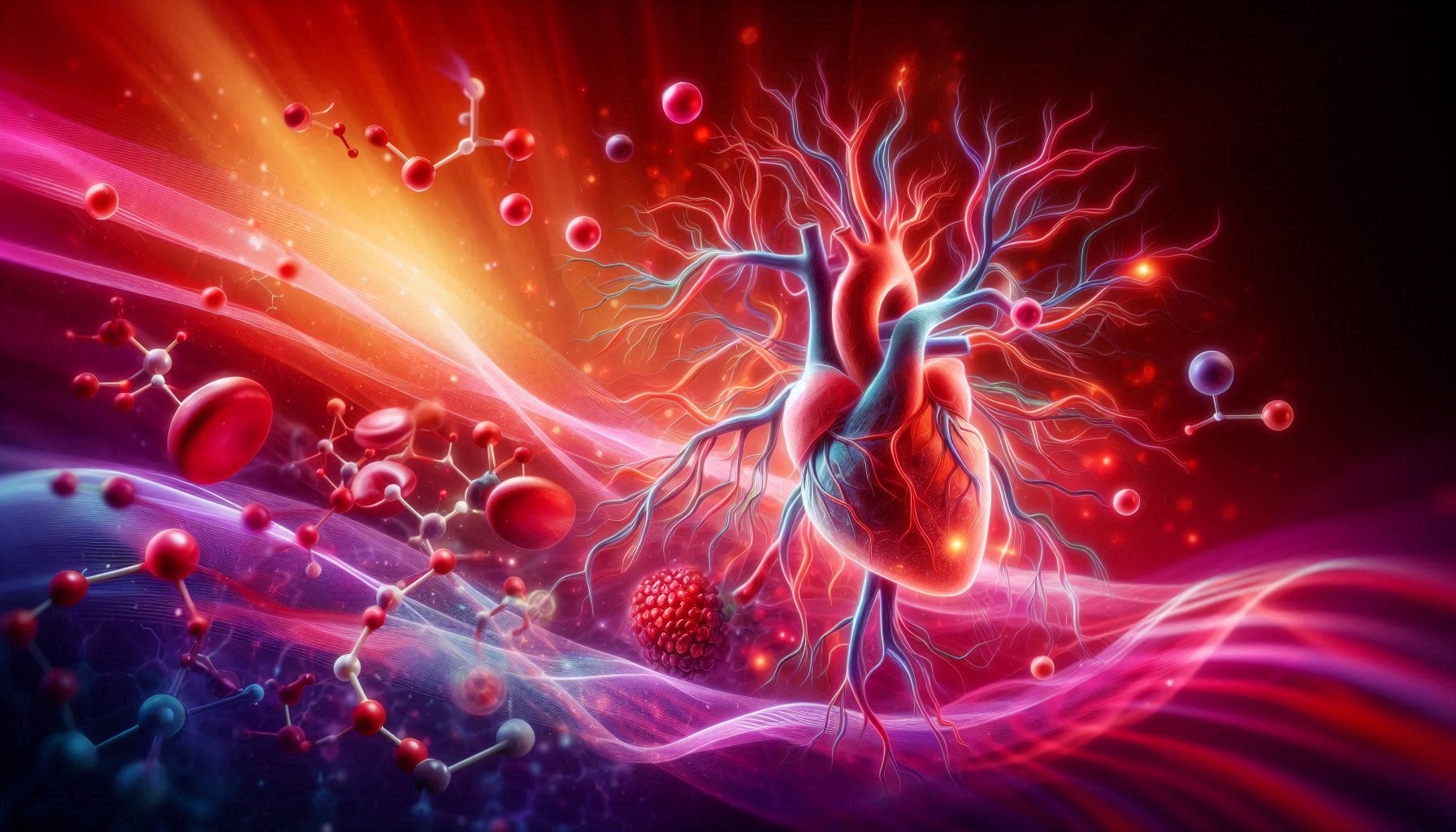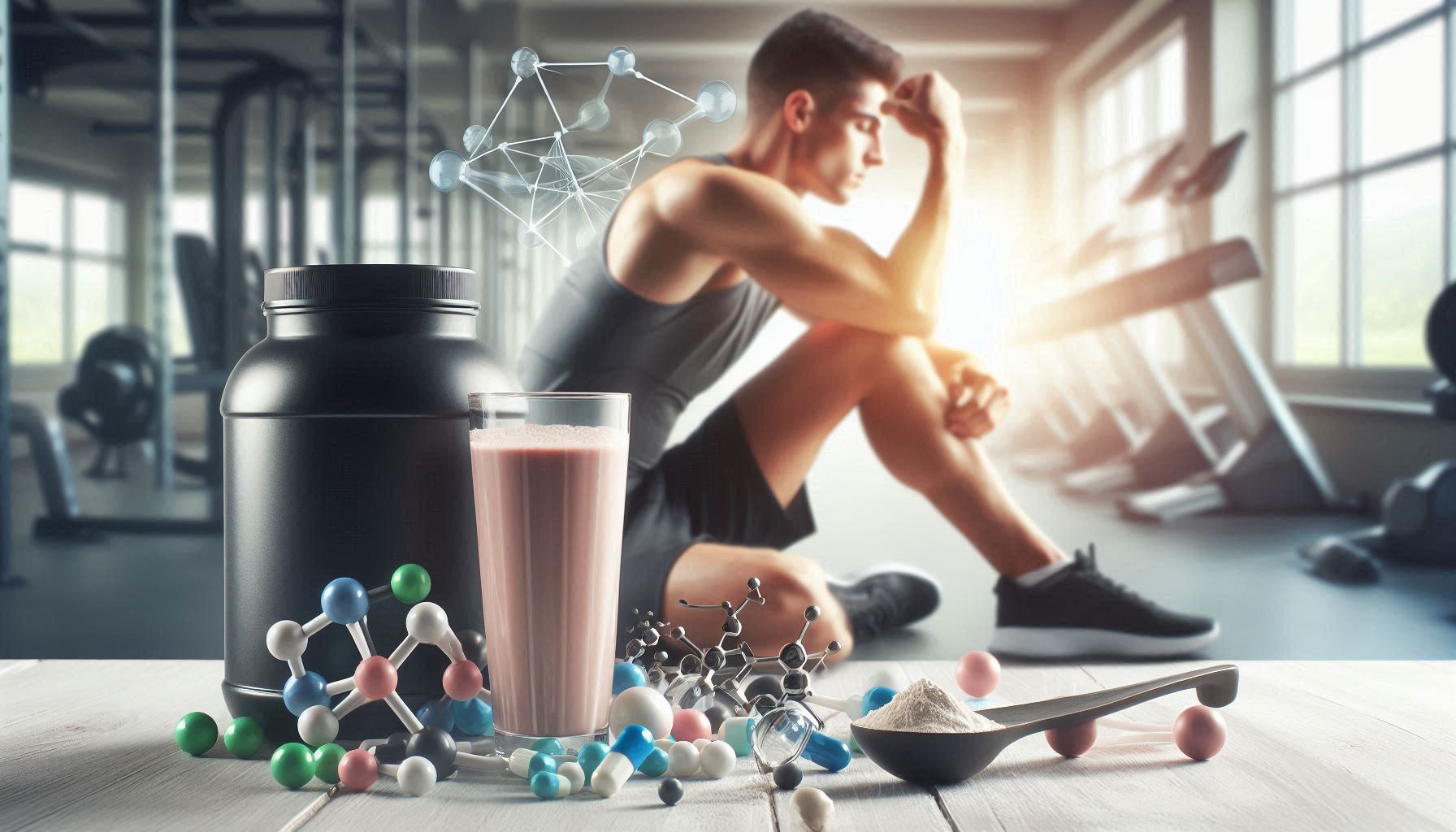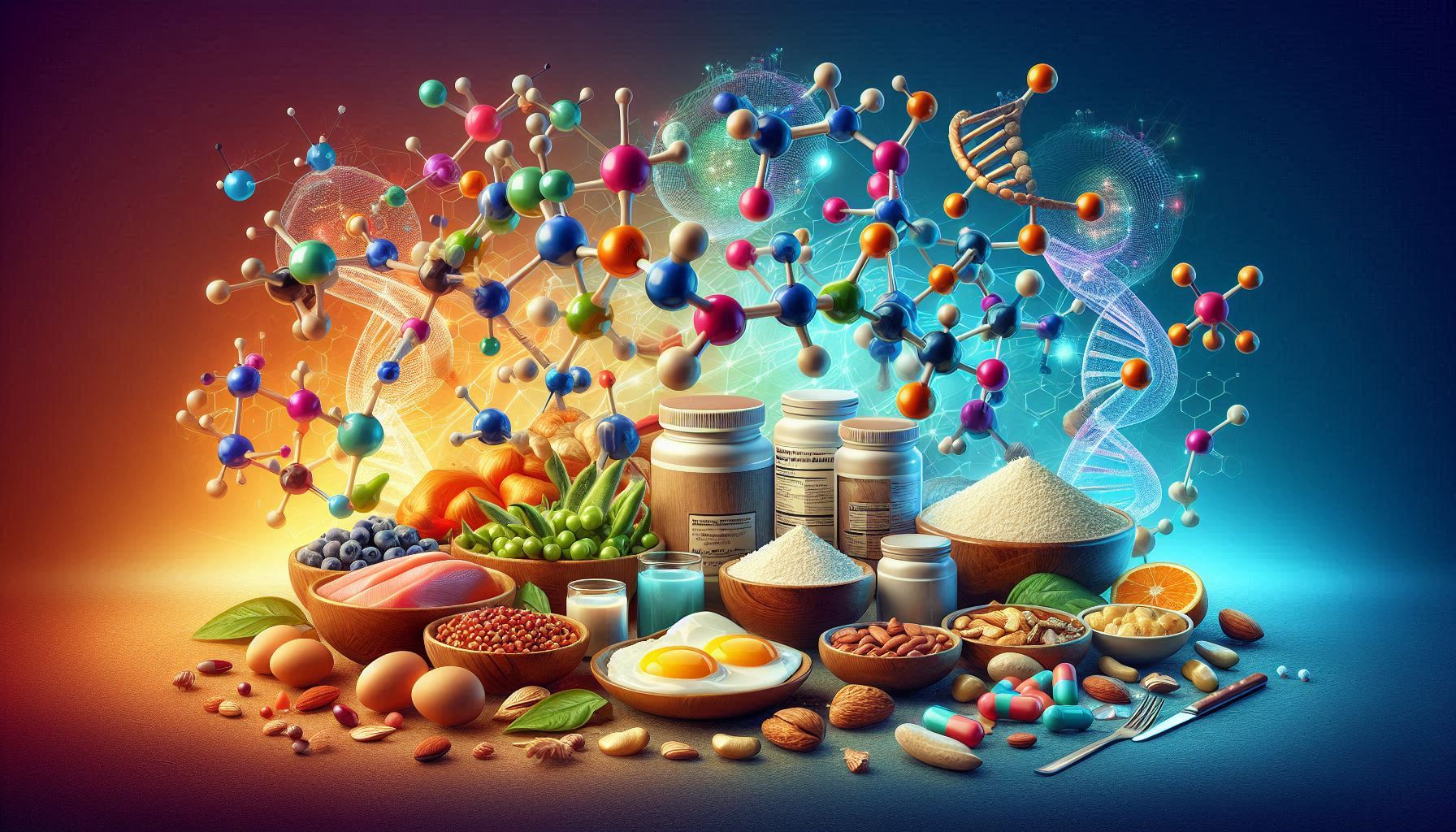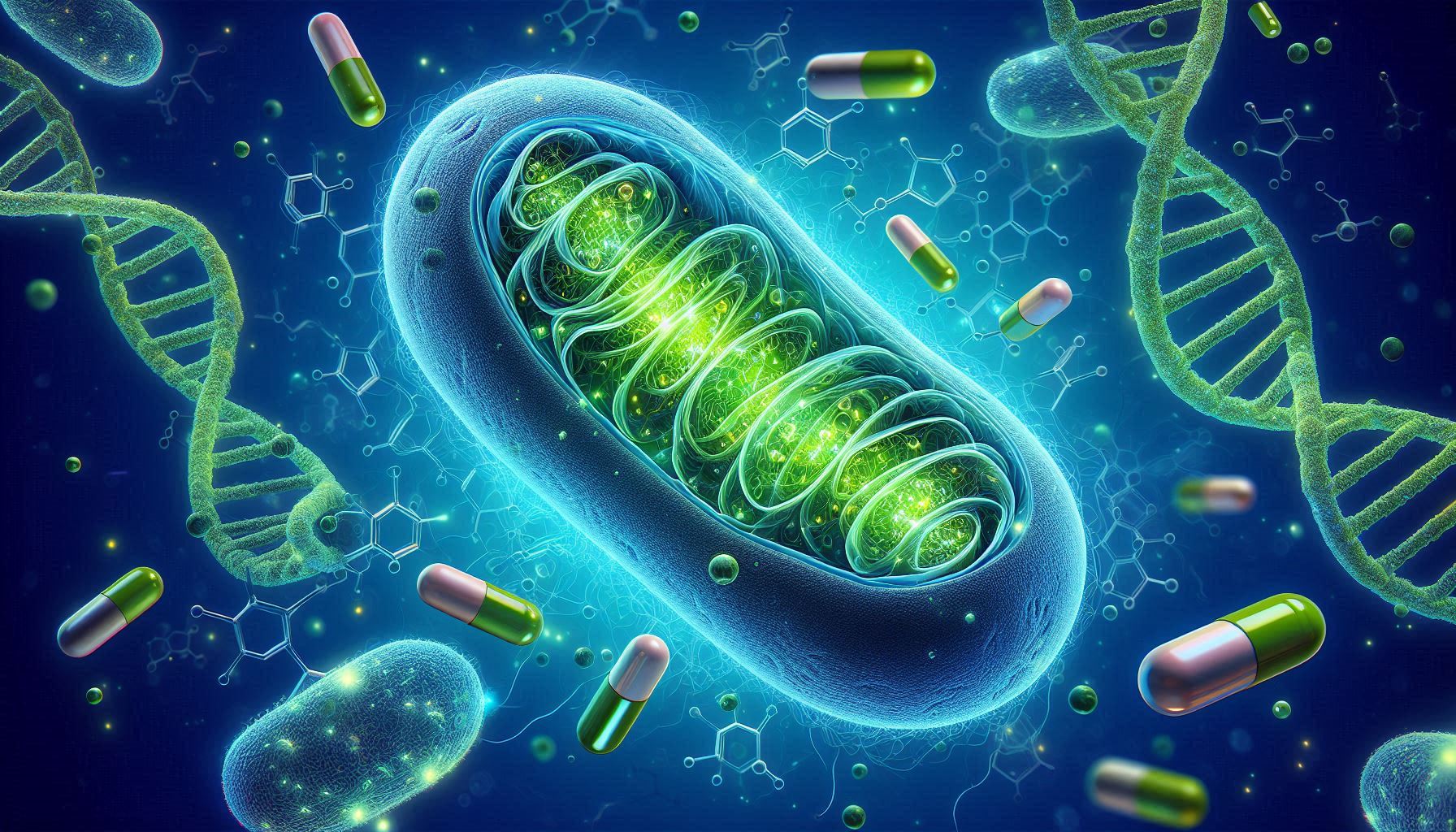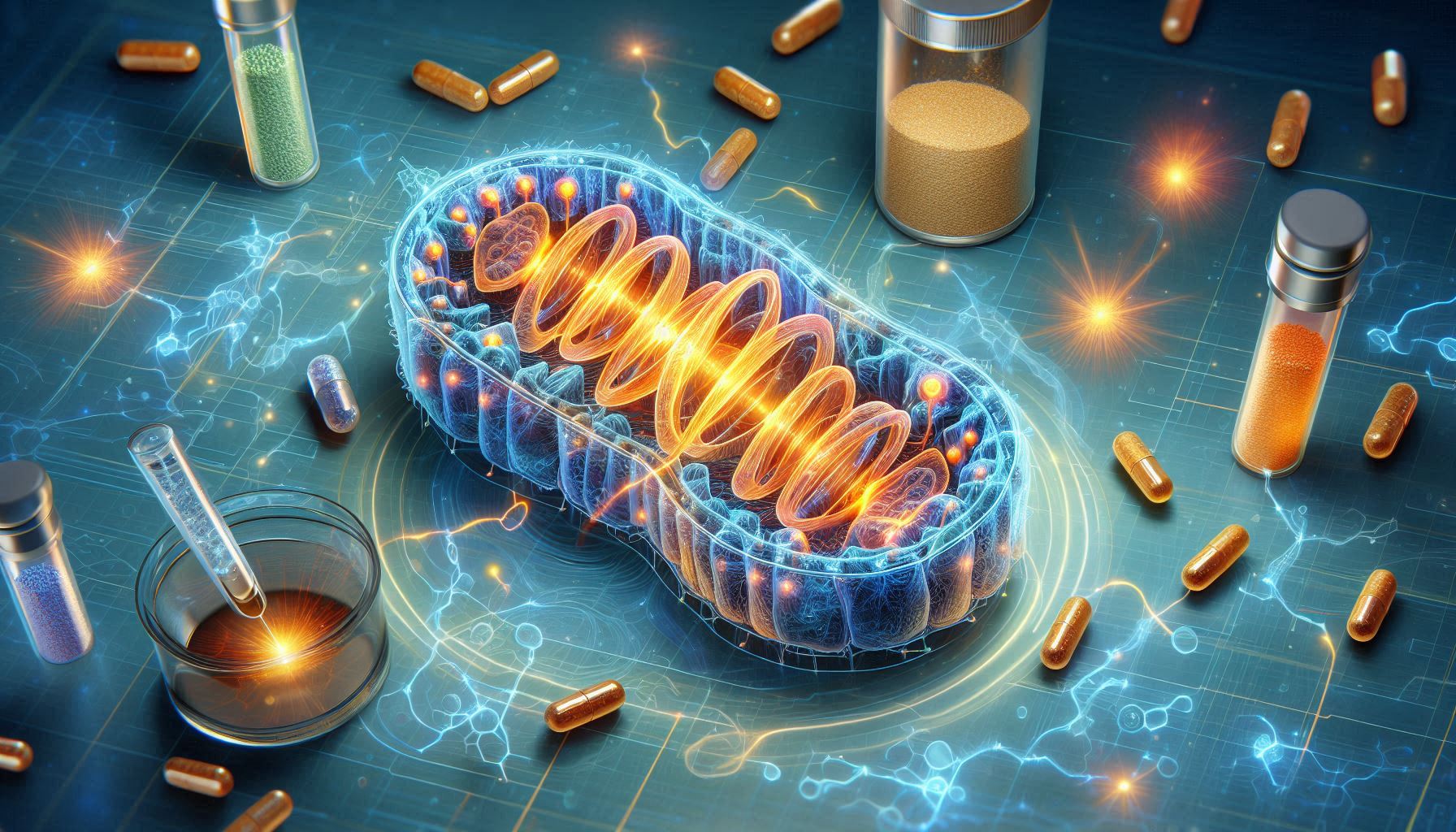The Role of Nitric Oxide in Enhancing Blood Flow and Energy Production
Nitric oxide (NO) is a small but potent molecule that plays an indispensable role in the body’s physiology. It was first discovered in the late 1980s and since then has become one of the most studied molecules in the biomedical field. Though it is colorless, odorless, and extremely fleeting in nature, nitric oxide’s impact is profound, influencing a wide range of bodily functions, from cardiovascular health to cellular energy production.
At its core, nitric oxide acts as a signaling molecule, transmitting important messages between cells to regulate various physiological processes. Its most well-known function is in the regulation of blood flow. Nitric oxide helps relax and dilate blood vessels by signaling the smooth muscle cells in vessel walls to relax, a process called vasodilation. This enables improved blood flow and oxygen delivery to tissues, which is essential for both maintaining health and improving physical performance.
Beyond its vascular effects, nitric oxide plays a key role in mitochondrial function, influencing cellular energy production and metabolic processes. It helps optimize mitochondrial efficiency in producing ATP (adenosine triphosphate), the energy currency of the cell. This makes nitric oxide crucial not only for sustaining physical activity and reducing fatigue but also for maintaining overall vitality at the cellular level.
The Mechanism of Nitric Oxide Production
Nitric oxide is synthesized in the endothelium of blood vessels from the amino acid L-arginine by the enzyme nitric oxide synthase (NOS). There are three isoforms of NOS: endothelial NOS (eons), neuronal NOS (knows), and inducible NOS (INS). The primary form involved in vascular health is eon’s, which is responsible for producing NO in response to signals such as shear stress from blood flow and other chemical stimuli. Once produced, nitric oxide diffuses across cell membranes into surrounding smooth muscle cells, where it activates the enzyme granulate cycles. This activation leads to the production of cyclic guano sine monophosphate (camp), a secondary messenger that induces smooth muscle relaxation and vasodilation, thus enhancing blood flow.
The ability of NO to cause vasodilation is crucial for maintaining optimal blood pressure and oxygen delivery to tissues. For instance, during physical activity, increased nitric oxide levels help redirect blood flow to active muscles, thereby improving their oxygen and nutrient supply. This enhanced blood flow not only supports increased physical performance but also plays a vital role in cellular energy production.
Nitric Oxide and Cellular Energy Production
Nitric oxide also has a direct role in cellular energy production, particularly within the mitochondria, the powerhouses of cells. Mitochondria are responsible for generating adenosine triphosphate (ATP), the primary energy carrier in cells. Nitric oxide can modulate mitochondrial function by influencing mitochondrial respiration and ATP synthesis. Studies have shown that NO can enhance the efficiency of mitochondrial respiration by facilitating the transfer of electrons within the electron transport chain, thereby increasing the production of ATP.
Furthermore, nitric oxide interacts with other cellular components, such as cytochrome c and ATP synthase, to optimize ATP synthesis. This interaction is crucial for cellular energy homeostasis, as it ensures that cells have a sufficient supply of ATP to meet their energy demands. The ability of NO to boost ATP production makes it a key player in preventing energy deficits and promoting overall cellular health.
Nitric Oxide in Exercise Physiology
In the context of exercise physiology, nitric oxide plays a critical role in optimizing performance and recovery. During physical exertion, nitric oxide helps improve oxygen delivery to working muscles by increasing blood flow. This enhanced perfusion is particularly important during high-intensity activities when muscles require greater amounts of oxygen and nutrients to sustain energy production and prevent fatigue.
Research has demonstrated that nitric oxide supplementation can enhance exercise performance and reduce perceived exertion. For example, a study published in the Journal of Applied Physiology found that supplementation with L-arginine, a precursor to NO, improved exercise endurance by increasing nitric oxide bioavailability and thereby enhancing blood flow to active muscles. Similarly, another study published in the British Journal of Nutrition reported that dietary nitrate, which is converted into nitric oxide in the body, improved exercise efficiency and endurance performance by reducing oxygen consumption during physical activity.
Moreover, nitric oxide’s role in reducing exercise-induced oxidative stress has been well-documented. During intense exercise, the body produces increased levels of reactive oxygen species (ROS), which can lead to muscle damage and fatigue. Nitric oxide can help mitigate this oxidative stress by enhancing antioxidant defense systems and reducing inflammation, thus aiding in faster recovery and reduced post-exercise soreness.
Nitric Oxide and Cardiovascular Health
Nitric oxide is also a key regulator of cardiovascular health. It plays a pivotal role in maintaining vascular health by promoting vasodilation, which helps regulate blood pressure and improve overall cardiovascular function. The ability of NO to relax blood vessels is vital for preventing and managing conditions such as hypertension, atherosclerosis, and endothelial dysfunction, which are risk factors for heart disease.
Studies have shown that impaired nitric oxide signaling is a common feature in individuals with cardiovascular diseases. For instance, atherosclerosis, a condition characterized by the buildup of plaques in arterial walls, is associated with reduced nitric oxide bioavailability due to oxidative stress and inflammation. Restoring nitric oxide levels through dietary supplementation or lifestyle modifications (such as exercise) can help improve vascular function and reduce the risk of cardiovascular events.
Furthermore, nitric oxide’s ability to inhibit platelet aggregation and promote blood flow makes it a potential therapeutic target for conditions like stroke and thrombosis. By improving blood flow and reducing the risk of blood clots, nitric oxide has the potential to significantly impact cardiovascular health.
Therapeutic Applications of Nitric Oxide
Given its wide-ranging physiological effects, nitric oxide has been explored for various therapeutic applications. Nitric oxide donors, such as nitroglycerin and organic nitrates, have been used in clinical settings to treat conditions like angina pectoris and congestive heart failure. These compounds release nitric oxide, causing vasodilation and improving blood flow to ischemic tissues.
Emerging research suggests that nitric oxide supplements, such as L-arginine and nitrate-rich foods (e.g., beetroot, spinach), can offer additional health benefits. For instance, L-arginine supplementation has been shown to enhance nitric oxide production, improve endothelial function, and reduce blood pressure in hypertensive individuals. Similarly, beetroot juice, rich in dietary nitrates, has been demonstrated to improve exercise performance and cardiovascular health by boosting nitric oxide levels.
Nitric Oxide and Mental Well-Being
Nitric oxide also plays a role in brain health and cognitive function. The brain is highly dependent on a constant supply of oxygen and nutrients, which are facilitated by adequate blood flow. Nitric oxide helps maintain cerebral blood flow by dilating blood vessels in the brain, thereby ensuring sufficient oxygen delivery to neurons. This is crucial for optimal cognitive function and mood regulation.
Research indicates that impaired nitric oxide signaling is associated with cognitive decline and neurodegenerative diseases, such as Alzheimer’s disease and dementia. Enhancing nitric oxide production through diet or supplementation may offer therapeutic benefits for improving memory, attention, and overall mental health.
Conclusion
Nitric oxide is a powerful molecule with diverse roles in maintaining health and optimizing performance. Its ability to enhance blood flow, modulate mitochondrial function, and protect against oxidative stress makes it an essential component of overall health. By improving oxygen delivery, supporting energy production, and promoting cardiovascular health, nitric oxide plays a crucial role in preventing fatigue and enhancing overall well-being.
Incorporating nitric oxide-boosting strategies into daily routines, such as consuming nitrate-rich foods, engaging in regular physical activity, and considering nitric oxide supplements, can help individuals optimize their energy levels, improve exercise performance, and promote cardiovascular health. As ongoing research continues to uncover the extensive benefits of nitric oxide, it is clear that this signaling molecule holds great potential for improving health outcomes and enhancing quality of life.
SOURCES
Cohn, J. N., & Levis, D. (2007). Nitric oxide, cardiac function, and heart failure: The emerging role of nitric oxide donors in cardiovascular therapy. Heart Failure Reviews, 12(3), 285-292.
Bryan, N. S., & Locals, J. (2017). Nitric oxide: The heart and soul of endothelial function. Arteriosclerosis, Thrombosis, and Vascular Biology, 37(2), 209-215.
Wallace, J. L., & Keenan, C. M. (2000). Nitric oxide donors in cardiovascular therapeutics. Cardiovascular Research, 47(3), 507-519.
Beard, K., & Krause, K. H. (2007). The NOX family of NADPH oxidases: Role in physiology and disease. Physiological Reviews, 87(1), 245-313.
Lundberg, J. O., & Weisberg, E. (2005). Nitrate and nitrite in biology and medicine: An update on human studies. Archives of Pharmacia Research, 28(3), 307-316.
Van Fasten, E. E., et al. (2009). Nitric oxide and nitrite in human health and disease. Current Medicinal Chemistry, 16(12), 1478-1489.
Huang, Y., et al. (2015). Dietary nitrate supplementation and cardiovascular function: A systematic review and meta-analysis. Nitric Oxide, 48, 137-145.
Patel, V., et al. (2012). Nitric oxide signaling: Emerging therapeutic strategies. Trends in Pharmacological Sciences, 33(3), 181-188.
Gilligan, S., et al. (2016). Nitric oxide modulation of mitochondrial respiration: Implications for health and disease. Free Radical Biology & Medicine, 96, 29-41.
Bryan, N. S., et al. (2006). S-Nitration in cell signaling: From molecular mechanisms to therapeutic opportunities. Antioxidants & Redox Signaling, 8(11-12), 1883-1902.
HISTORY
Current Version
November 19, 2024
Written By:
ASIFA



